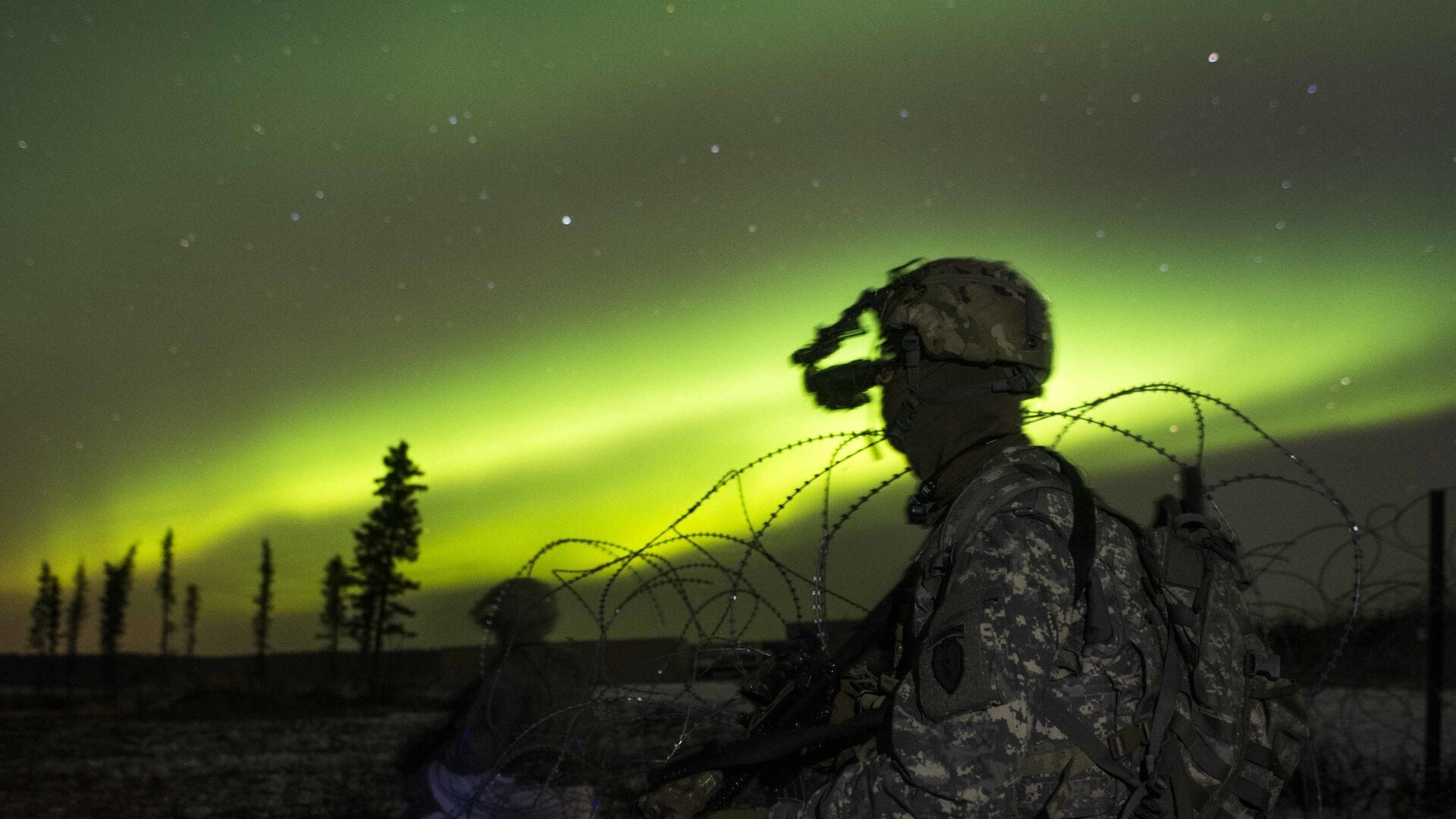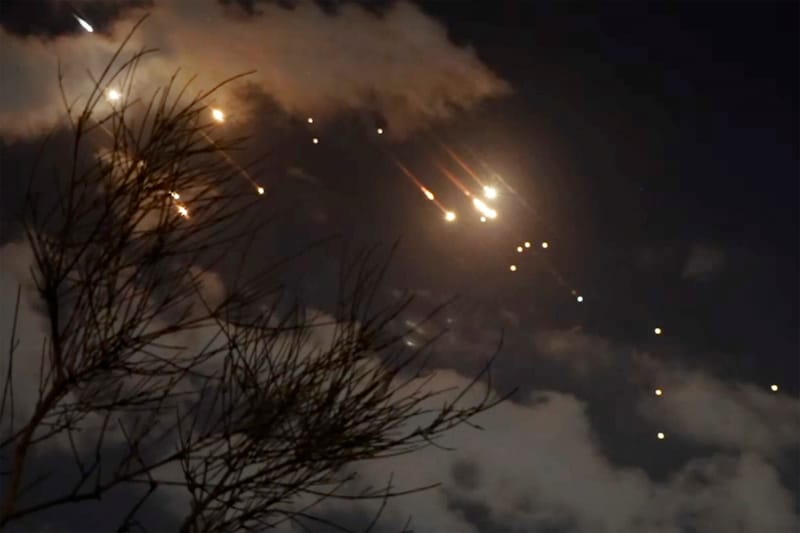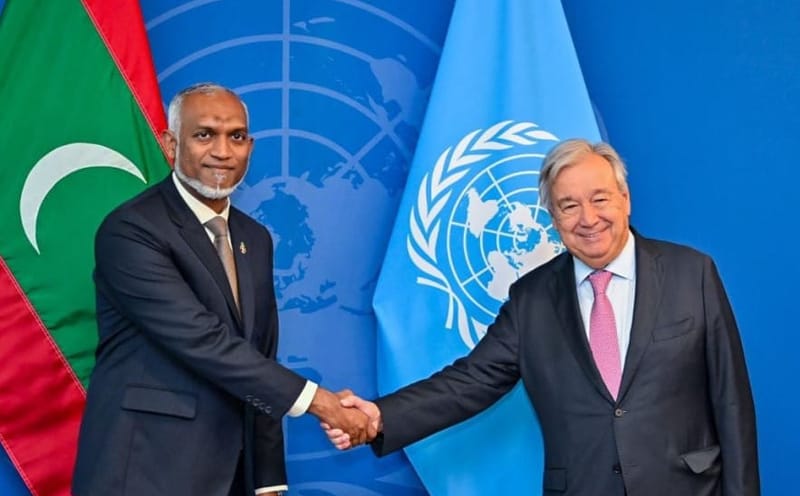Rising Tensions in the Arctic: Melting Ice Caps Spur Geopolitical Conflict Between Russia and NATO
The Arctic has become a geopolitical hotspot as melting ice caps reveal vast resources and strategic shipping routes.
In recent years, the Arctic region has become a focal point of geopolitical tension, as melting ice caps unveil vast natural resources and new strategic shipping routes. Spanning 14.5 million square kilometers, the Arctic is not only a critical environmental concern but also a stage for potential conflict between global powers.
The Arctic's thawing ice is revealing a treasure trove of resources, including an estimated 160 billion barrels of oil and 30% of the planet’s undiscovered natural gas. Additionally, the region holds 40% of the world’s palladium, 20% of its diamonds, and 15% of its platinum, among other valuable minerals. These resources have caught the eye of many nations, especially as ice-free sea routes could significantly reduce shipping distances, making trade more efficient.
Russia, whose territory encompasses 53% of the Arctic Ocean coastline, stands to gain a shorter passage to major trade partners like China and India. This economic advantage, however, is only part of the broader strategic picture. In April 2024, NATO, led by its newest member Finland, conducted a massive military exercise in the region. The "Steadfast Defender" exercise, involving over 90,000 personnel, was a demonstration of NATO's readiness and unity but was perceived by Russia as a provocative act, heightening the risk of military incidents.
Historically, Russia has maintained a significant presence in the Arctic. The region's extreme climate served as a natural barrier, securing Russia's northern frontier. During the Soviet era, the Arctic route was crucial for commercial trade and military supply lines. Today, the Arctic remains vital, producing over 80% of Russia's natural gas and 17.7% of its petroleum. As the permafrost melts, this natural barrier is eroding, prompting Russia to reopen Soviet-era bases and establish over 50 new military installations, making it the largest military force in the Arctic.
For the United States, the Arctic has long been a strategic defense linchpin, particularly since the Cold War. With Russia's military expansion and China's interest in the Arctic as part of its Belt and Road Initiative, the U.S. views the region as a critical area for maintaining its sphere of influence. The Pentagon has identified the Arctic as a significant risk, bolstering military support to Baltic states and updating its National Arctic Strategy to advance U.S. interests in the region.
The melting ice not only exposes new economic opportunities but also creates strategic vulnerabilities, leading to an arms buildup and increased military activity. Experts warn that the complete melting of the Arctic, expected by 2040, could further escalate these tensions.
As global powers vie for control over the Arctic's resources and strategic routes, the potential for conflict looms large. While some hope that the tragic history of Arctic warfare will never be repeated, the current trajectory suggests that the region could once again become a battleground, with far-reaching consequences for the planet.






